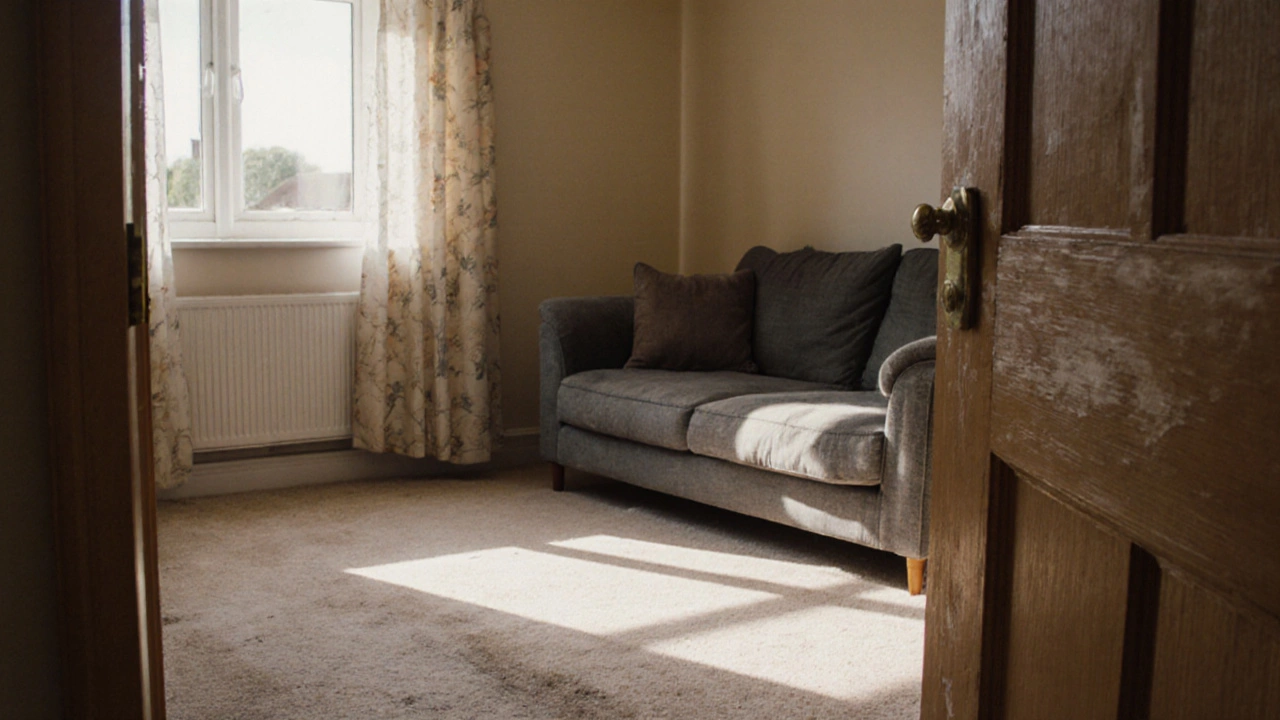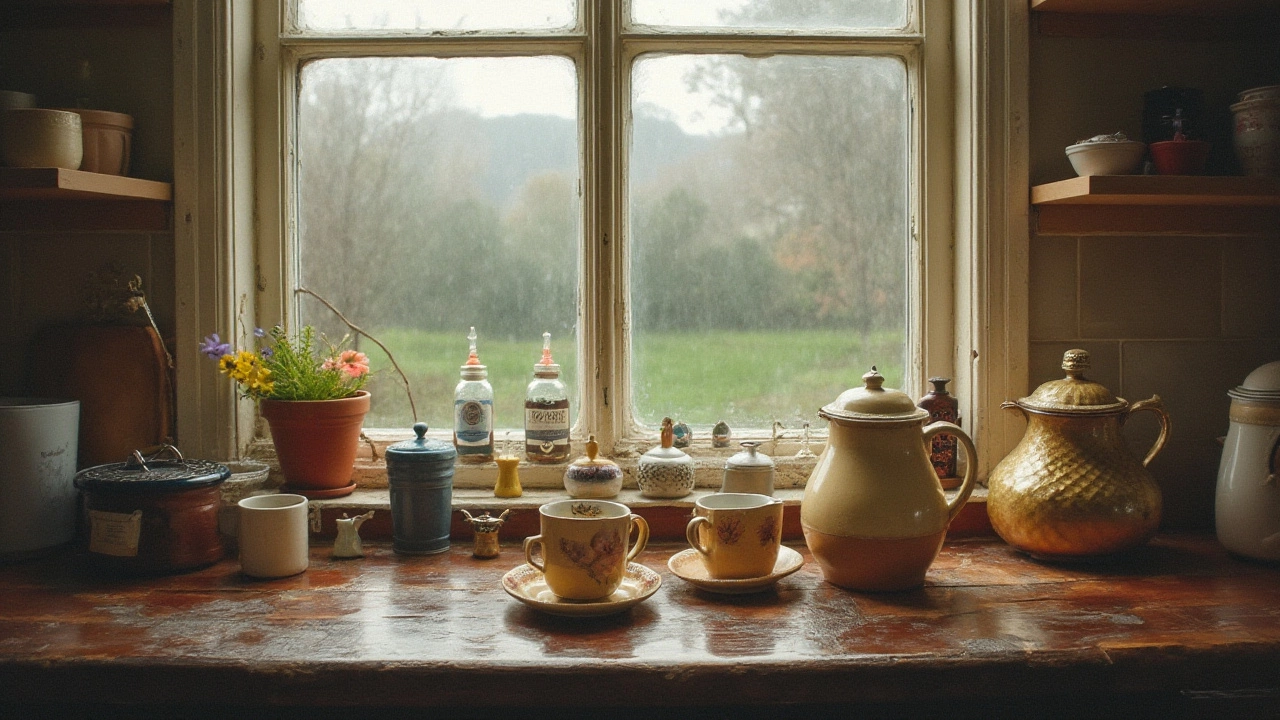End of Tenancy Cleaning: What to Do and Why It Matters
Moving out is stressful enough without worrying about a spotless property. A solid end of tenancy clean can mean the difference between getting your full deposit back or losing a chunk of it. Below you’ll find the core chores, common extras, and smart tips to make the job easier – whether you do it yourself or hire a pro.
Essential Tasks for a Standard End of Tenancy Clean
Landlords usually expect a thorough wipe‑down of every room. The basics include:
- Kitchen: clean the oven, stovetop, extractor fan, and microwave; wipe down cupboards inside and out; de‑grease the sink and taps.
- Bathrooms: scrub the shower, bathtub, toilet, and basin; remove soap scum from tiles; polish mirrors and any chrome fittings.
- Living areas and bedrooms: vacuum or mop floors, dust skirtings and windowsills, and wipe down any built‑in furniture.
- Floors: vacuum carpets, then steam or shampoo if a deep clean is required; mop hard floors with a neutral cleaner.
- Windows: clean glass on both sides and wipe frames for a streak‑free finish.
These tasks cover most tenancy agreements, but always check your contract for any extra requirements.
Extra Areas Landlords Often Flag
Some landlords ask for more specific work. Here’s what to watch for:
- Mattress cleaning: many tenants wonder if this is part of the service. It usually isn’t mandatory, but a quick vacuum and a light sprinkle of baking soda can neutralise odours and show you care.
- Carpet deep cleaning: if the carpet looks worn or has stains, a professional shampoo can prevent deductions.
- Oven door glass: tough brown stains need a non‑abrasive cleaner; a paste of baking soda and water works well.
- Pressure washing exterior walls or driveways: not always required, but a clean façade leaves a good impression.
Doing these little extras yourself can save money, but don’t over‑do it – a professional service will have the right tools and guarantee.
When you decide to hire a cleaning company, ask about what’s included in their end of tenancy package. Reputable firms list tasks clearly and give a price breakdown. Look for reviews that mention reliability, punctuality, and how they handle tricky spots like stubborn grease or pet stains.
If you go DIY, create a checklist based on the list above. Tick each item as you finish it; this reduces the chance you’ll miss something during the final walk‑through. Keep the landlord’s cleaning standards in mind – a clean, fresh‑smelling home is your best defence against deposit deductions.
Bottom line: a focused end of tenancy clean doesn’t have to be a marathon. Prioritise high‑impact areas, use simple home solutions for tough grime, and consider a professional touch for carpets, mattresses, or heavy‑duty grease. Follow these steps, and you’ll walk out with your deposit intact and a feeling of accomplishment.

What Is Acceptable Wear and Tear at the End of a Tenancy?
Understand what counts as normal wear and tear versus damage at the end of a tenancy in the UK. Learn how to protect your deposit with proof, legal rights, and real examples from Leeds rentals.
Read More
Is Limescale Fair Wear and Tear in End of Tenancy Cleaning?
End of tenancy cleaning often raises questions about what constitutes fair wear and tear, particularly with regards to limescale. Limescale build-up is a common issue in homes and can impact various household surfaces and appliances. This article examines whether limescale can be considered normal wear and tear or if tenants are responsible for its removal. Discover tips and best practices for managing limescale in rented properties, ensuring a smoother move-out process.
Read More
Does Molly Maid Handle Dishwashing in End of Tenancy Cleaning?
When it comes to end of tenancy cleaning, many tenants wonder if services like Molly Maid include dishwashing in their comprehensive cleaning packages. This article explores the specifics of what Molly Maid services entail, particularly focusing on dishes. We delve into the company's typical cleaning offerings, the responsibility of tenants, and provide insights into how these services can be customized. Understanding these details can ensure a smooth transition when moving out.
Read More